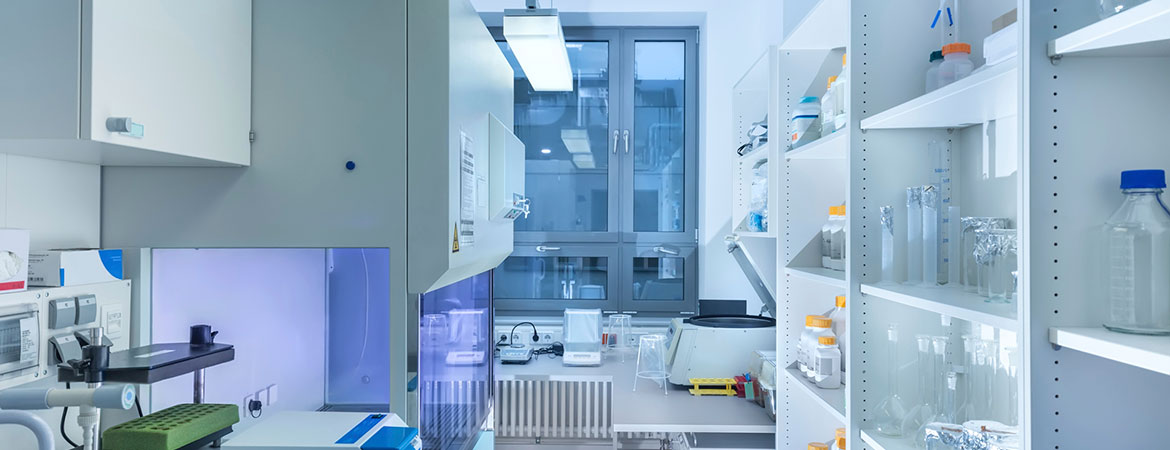By Steve Fox and Corey Hennings
During this past year, we have seen a dramatic shift in life science-related construction and leasing fundamentals.
Emerging and moderate-size life science companies are typically constrained by three major pillars – funding, resources, and space. Rarely do those three pillars align in a favorable way to provide market opportunity and long-term stability.
Recently, however, we have seen major shifts in the market from an abundance of funding, scarce resourcing, and tight lab space availability to today’s environment of limited funding, sizable layoffs, and newfound space availability.
For example, 14.3 million square feet of lab product is currently under construction in Boston and the surrounding areas, with only 39% already preleased. Roughly 6 million square feet of the 14.3 million square feet is set to release in 2023 alone, with half of that still uncommitted. This is going to lead to many tenants being able to find newly built labs, putting significantly more aged labs back into the market as potential distressed asset opportunities for timely investors.
Subleasing activities will also continue to increase, allowing potential tenants unique opportunities in these spaces, as well as the potential renovations needed to bring these spaces up to the standards of their particular science-based needs. Little to no build-out costs and a low time to occupancy will keep subleasing attractive for tenants on tighter budgets.
How are we advising developers and investors as fundamentals shift and headwinds provide leverage back to tenants?
First, we’re recommending a focus on specialized design and new construction attributes and amenities. Today’s dynamic environment leads to a “flight to quality” where tenants can lean toward newly developed properties vs compromised conversions.
Second, we advise significant investment in base building mechanical, electrical, and plumbing infrastructure to satisfy both chemistry and biology lab environments to enhance speed to occupancy and science continuity.
Third, we are challenging developers to think beyond the initial lab space and go a step further into cGMP spaces, vivarium operations, cell therapy clean rooms, and other specialty areas that will be needed throughout the entire drug development progress.
Development continues on sizable projects throughout Boston and Cambridge, and in some fortunate cases, is purpose-built and fully preleased to major pharmaceutical companies, while others seek newly competitive leasing opportunities with declining requirements.
However, challenging fundamentals specific to design and construction will continue over the next 12 to 24 months including inflationary cost impact, skilled labor shortage, and lingering supply chain concerns. In addition, unsettled economic conditions including continued interest rate hikes, the doubling of Boston’s linkage expense tax in 2024, recent bank failures, and recessionary fears have unfavorably impacted project financing, prompting the reevaluation of numerous planned projects.
The life sciences sector, specifically in the Greater New England region, continues to be bolstered by an innovative higher ed environment and remains the preeminent location to further expand this important sector. These anticipated short-term headwinds will likely persist throughout 2023 and reverse course in Q2-3 2024. Making sure developers and investors have the right expertise, insight, and knowledge to navigate these uncertain times will help ensure the success of these highly technical and nuanced projects.
